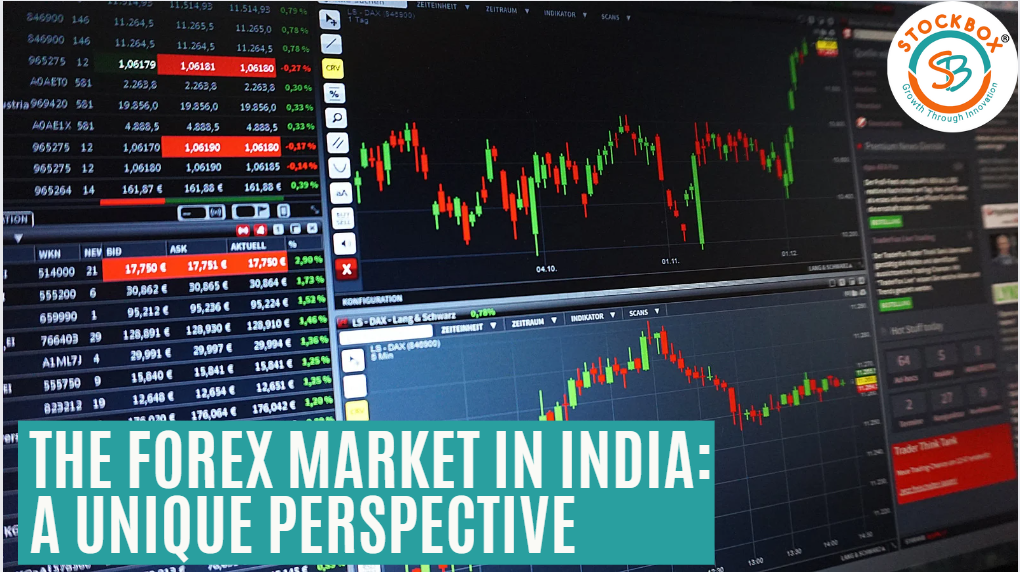The Forex market, often referred to as the foreign exchange market, is a global financial market that has garnered immense popularity in India over the past decade. Furthermore, with a daily trading volume exceeding $6 trillion, it is one of the largest and most liquid markets in the world. In this blog, we will explore the unique aspects of the Forex market in India and provide insights into what makes it distinct.
1. Regulatory Framework:
One of the most distinctive features of the Forex market in India is its stringent regulatory framework. Moreover, the Reserve Bank of India (RBI) and the Securities and Exchange Board of India (SEBI) primarily regulate the market. Additionally, these regulatory bodies have set clear guidelines and restrictions on Forex trading in India to protect retail investors from potential risks associated with this highly speculative market.
2. Limited Currency Pairs:
Indian brokers limit access to some exotic currency pairs, unlike the global Forex market, which offers a broader range. Major pairs like EUR/USD and USD/JPY dominate trading. This limitation is a result of the RBI’s efforts to control speculation and maintain currency stability.
3. Capital Controls:
Indian traders are subject to capital controls, which restrict the amount of money that can be invested in Forex trading. Consequently, this is done to prevent excessive capital outflows and safeguard the Indian economy. As a result, traders often have to adhere to strict limits on the amount of money they can invest in the Forex market.
4. Leverage Restrictions:
Leverage is a double-edged sword in Forex trading. While it can amplify profits, it also increases the potential for substantial losses. In India, leverage is limited to a maximum of 50:1 for major currency pairs and 20:1 for exotic pairs, as per SEBI regulations. This helps protect traders from overexposure and minimizes the risk of substantial losses.
5. Education and Awareness:
To succeed in the Forex market, one needs knowledge and skills. Additionally, the Indian Forex market has seen a surge in educational resources and awareness campaigns in recent years. Furthermore, many brokerages and financial institutions offer educational webinars, seminars, and online courses to help traders make informed decisions.
6. Growing Retail Participation:
While the Forex market was traditionally dominated by institutional players, there has been a noticeable increase in retail participation in India. The rise of online trading platforms and mobile apps has made it easier for individuals to access and trade in the Forex market. This democratization of Forex trading has opened up new opportunities for retail traders in India.
7. Risk Management Emphasis:
Indian traders tend to place a strong emphasis on risk management. Given the inherent volatility of the Forex market, traders in India are increasingly adopting risk management strategies such as stop-loss orders and position sizing to protect their capital.
8. Economic Factors Impact:
The Forex market in India is highly sensitive to domestic and global economic factors. Changes in RBI policy rates, inflation data, and global geopolitics significantly influence currency exchange rates. Traders in India need to stay updated with these factors to make informed trading decisions.
In conclusion, India’s Forex market: strict regulations, limited pairs, strong risk management focus. Despite challenges, disciplined traders can capitalize on Forex opportunities with market insight and knowledge. As India’s economy grows, its Forex market will likely see more innovations, exciting traders and investors.

